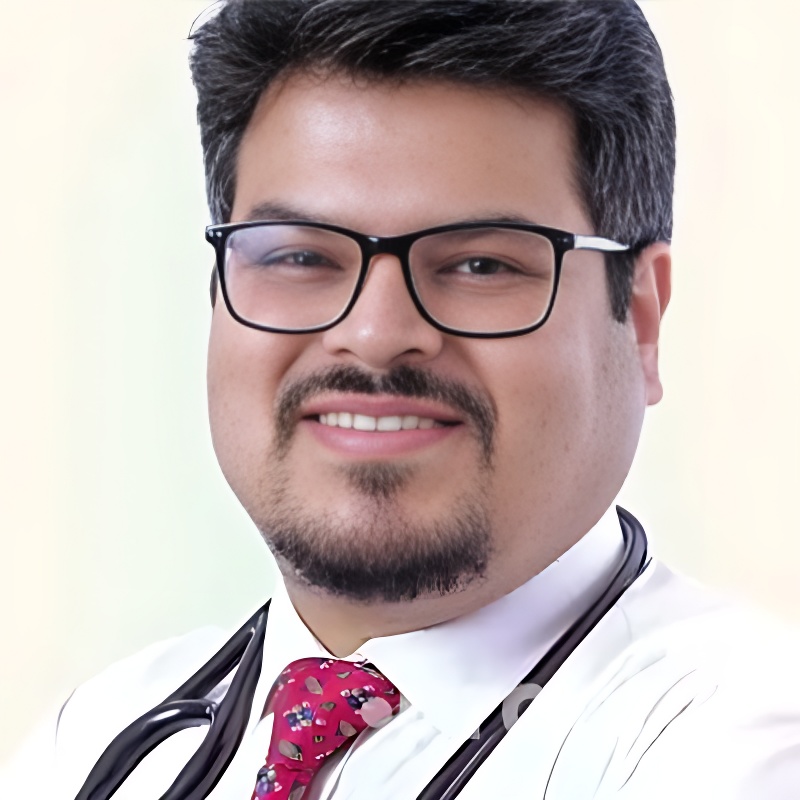Description
Joint pain can be caused by a variety of factors, ranging from common to rare, unpleasant to life-threatening. Even the most minor causes of joint discomfort can result in severe disability. A complete history and physical exam are required when evaluating a patient with joint pain (typically focusing on extra-articular symptoms), as well as the examination of joint fluid, serologies, and radiologic testing. The differential diagnosis of joint pain can be framed using three key questions. First, is the joint discomfort limited to a single joint or does it affect numerous joints? If the pain is only in one joint, the next question is whether it is monoarticular or extraarticular. Although the distinction may appear evident, changes in periarticular tissues can mimic articular illness. Finally, are the affected joints inflamed or not? Further down the spectrum, the sharpness of the pain may be significant.
Summary Listen
- Joint pain is a common complaint with diverse causes, including inflammation, degeneration, crystal deposition, infection, and trauma. Initial assessment focuses on localizing the source and determining the underlying pathophysiology through history and physical examination. Laboratory tests are used to confirm clinical impressions. Arthralgia refers to joint pain, while arthritis is a diagnosis requiring joint pain plus two of three features: limited range of motion, tenderness, and increased temperature.
- Joint pain can originate from structures within the joint (capsule, periosteum, synovium, subchondral bone, ligaments), structures around the joint (bursa, tendon sheath), or distant sites. Differentiating between periarticular, articular, and referred pain relies on the history, physical exam, and neurological assessment. Synovitis, a hallmark of inflammatory arthritis, involves inflammation of the synovium characterized by neovascularization and inflammatory cell infiltration. Enthritis is inflammation at the site where tendons and ligaments insert into bone.
- A comprehensive clinical history uses the SOCRATES mnemonic to characterize pain: site, onset, character, radiation, associations, timing, exacerbating/relieving factors, and severity. Joint involvement is classified as monoarthritis, oligoarthritis, or polyarthritis. The onset, progression, and duration of pain can be additive or migratory, persistent or recurrent, proximal or distal, and symmetrical or asymmetrical. Distinguishing between inflammatory and degenerative joint pain is key, with inflammatory pain characterized by younger onset, longer morning stiffness, improvement with exercise, and potential systemic involvement.
- Physical examination includes general observation for anemia, edema, and lymphadenopathy, as well as vital sign assessment. Musculoskeletal examination involves inspection, palpation, range of motion testing, and specific tests. Swelling can be dowy in inflammatory conditions and knobby in degenerative conditions. Lab investigations include a complete blood count, uric acid levels, ESR, CRP, rheumatoid factor, anti-CCP antibodies, antinuclear antibodies, and HLA-B27 testing.
- Radiological investigations include X-rays, CT scans, arthrography, ultrasonography, and MRI. Joint aspiration (arthrocentesis) is crucial for warm, red joints with fever to rule out infection and crystal deposition. Synovial fluid analysis includes cell count, crystal assessment, and culture. A holistic treatment approach involves medications, physical therapy, occupational therapy, orthoses, diet modifications, psychological counseling, pain procedures, yoga, and alternative medicine.
Sample Certificate
About the Speakers


Comments
Comments
You must be logged in to leave a comment.